Fall-Inspired GERD-Friendly Waldorf Salad with Turkey: A Festive, Gut-Friendly Twist
Imagine strolling down the cobblestone streets of the 19th century, the air buzzing with excitement, as you catch a glimpse of the grand Waldorf Astoria rising majestically before you—a beacon of luxury and culinary innovation. As you enjoy a meal that perfectly captures the essence of fall, you ask the waiter what this delightful dish is, and she replies, “Why, it’s the famous Waldorf salad!”
Fast forward to 2024, and the traditional Waldorf salad sounds like a perfect side dish to make with that leftover turkey from Thanksgiving. However, the traditional recipe may cause a flare-up if you're dealing with GERD. No fear—we’ve got your back with a GERD-friendly spin on this classic dish, making it enjoyable for anyone looking for a fun new twist!
The History of Waldorf Salad
The Waldorf salad has a rich history and was developed at the Waldorf Astoria Hotel in New York City. This prestigious venue was a high-society gathering place, attracting celebrities and notable figures from Marilyn Monroe to Frank Sinatra. In the dining room, guests were served this light and crisp dish, first created in 1896 by Oscar Tschirky, the maître d' of the hotel.
Originally, the recipe was simple: fresh homemade mayonnaise, diced apples, and celery. Over the years, the recipe has seen many variations, leading to the version most people are familiar with today: apples, celery, mayonnaise, lemon juice, walnuts, and grapes.
Making a GERD-Friendly Version
At first glance, the Waldorf salad may seem safe for anyone suffering from GERD. However, some ingredients can trigger symptoms. For example, the acidity of lemon juice and the fat content of mayonnaise can lead to flare-ups, especially if tart apples like Granny Smith are used.
To make a Waldorf salad that’s GERD-friendly, consider these adjustments:
- Substitute High-Fat Mayonnaise: Use low-fat Greek yogurt instead, which reduces fat content and adds protein.
- Choose Sweeter Apples: If Granny Smith apples trigger you, opt for sweeter varieties like Red Delicious or Honeycrisp. Alternatively, you can use pears for a refreshing twist.
- Replace Lemon Juice: Instead of lemon juice, use a splash of white wine. It adds flavor without the acidity that can trigger GERD symptoms.
- Nuts: Nuts are generally low in unhealthy fats and high in healthy fats. If walnuts are a concern, consider substituting them with sunflower seeds or pecans for a seasonal flavor.
These modifications should help make your Waldorf salad more GERD-friendly while still delicious!
The Benefits of Pecans in Your Salad
Did you know pecans are native to the southern United States and Mexico, thriving in warm, humid climates? They were first cultivated by Native American tribes long before European settlers arrived, who would often harvest them in the fall.
Many people might believe there is only one type of pecan, but per the National Pecan Shellers Association, there are over 1,000 varieties, many named after Native American tribes.
These little nuts have a fascinating history and are a great addition to your diet. Pecans are an excellent source of unsaturated fats, protein, and fiber, helping you feel full longer. While some may worry about fat content when dealing with GERD, it’s important to note that the fats in pecans are not the same as the unhealthy saturated fats found in fried or processed foods. If nuts are well tolerated, we suggest using pecans in this dish to give it a delightful fall twist compared to the traditional recipe with walnuts.
Conclusion
The Waldorf salad is a delicious way to celebrate fall flavors and a dish with a rich history that continues to evolve. You can enjoy this classic salad by making simple adjustments while accommodating your dietary needs. Have you tried a GERD-friendly version of Waldorf salad? Share your thoughts and variations in the comments below!
[[ recipeID=recipe-2m29ff3lq, title=GERD-Friendly Waldorf Salad with Turkey ]]


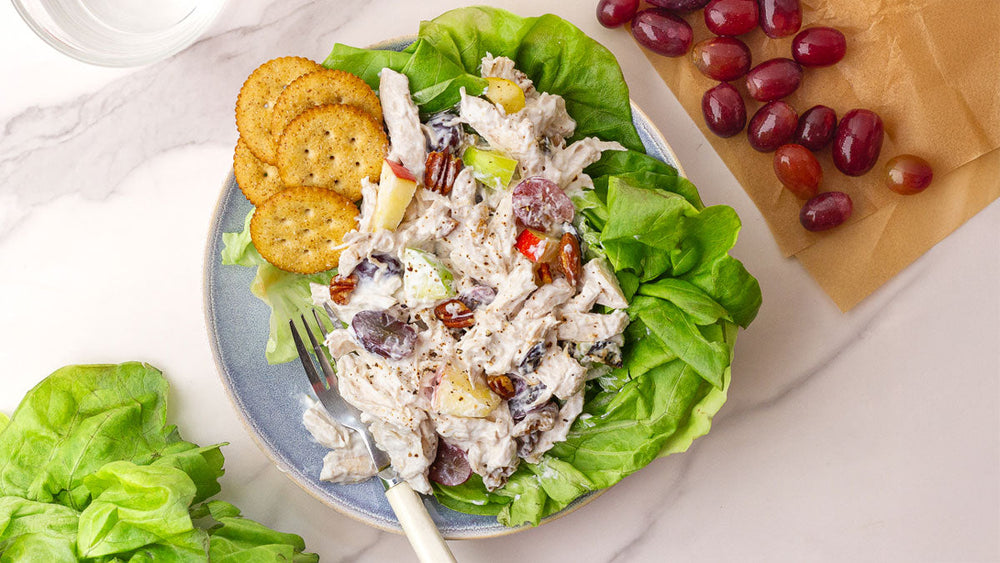
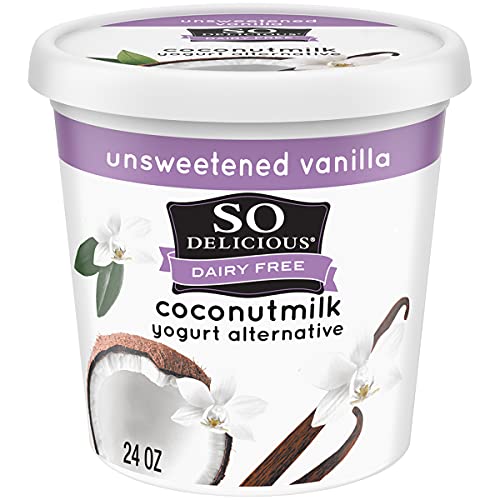
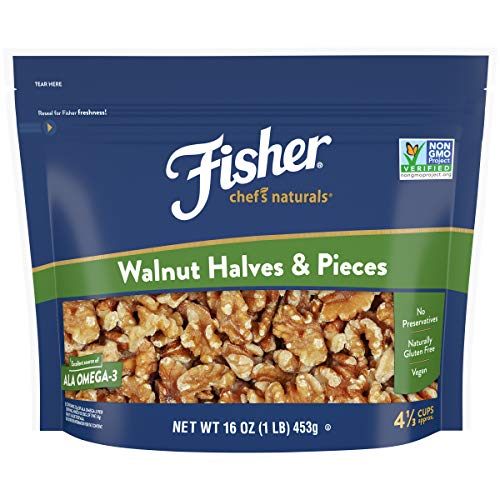
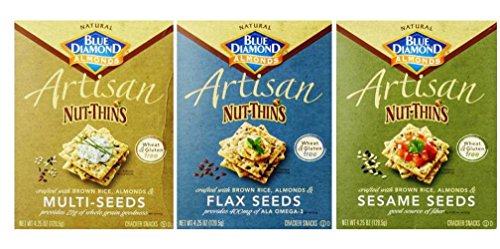


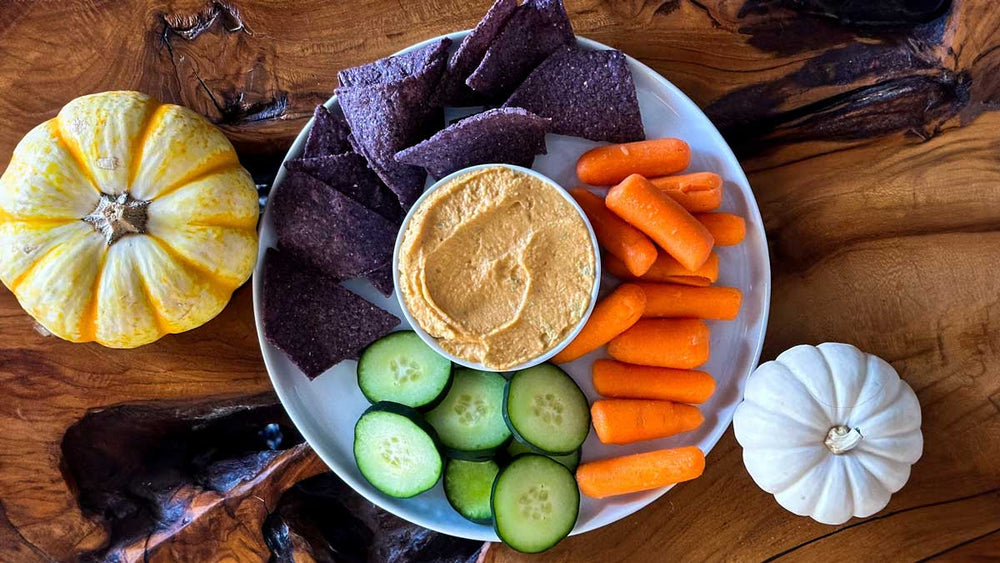


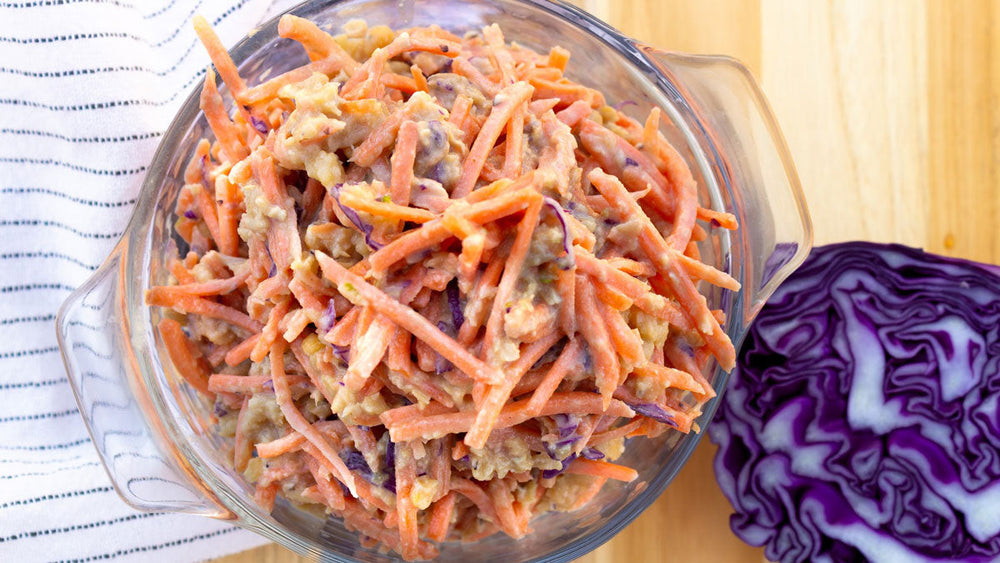


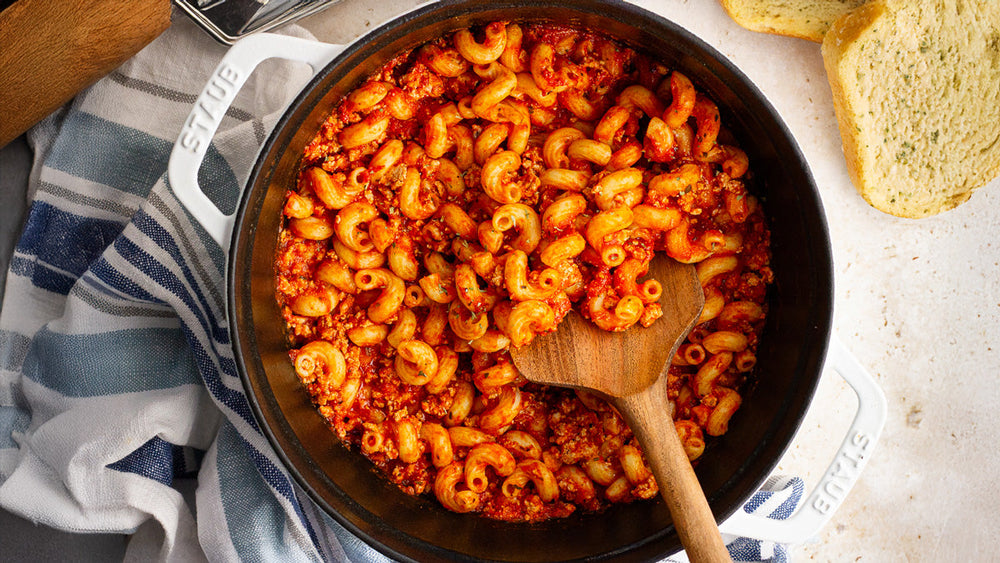

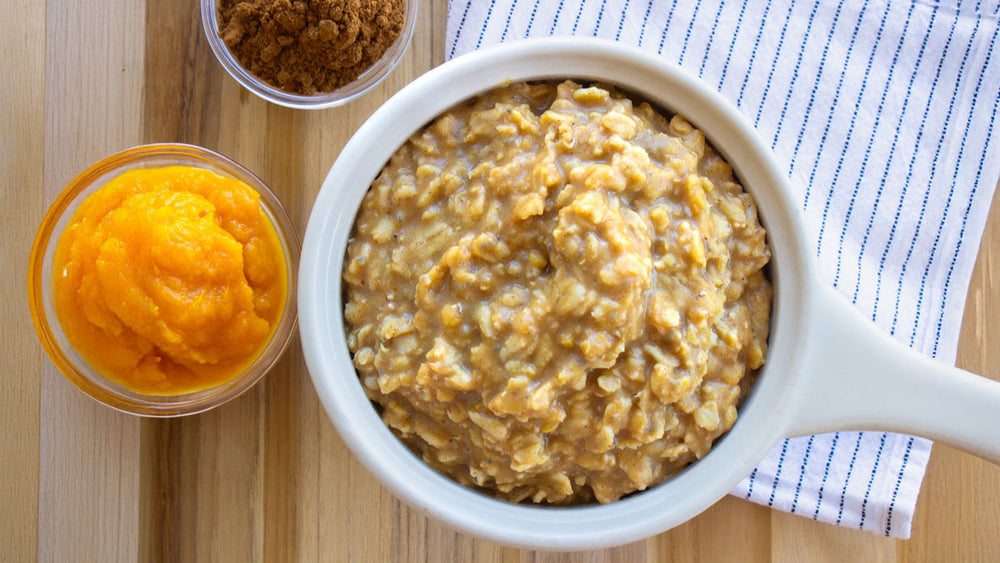



Comments
Join The Conversation...